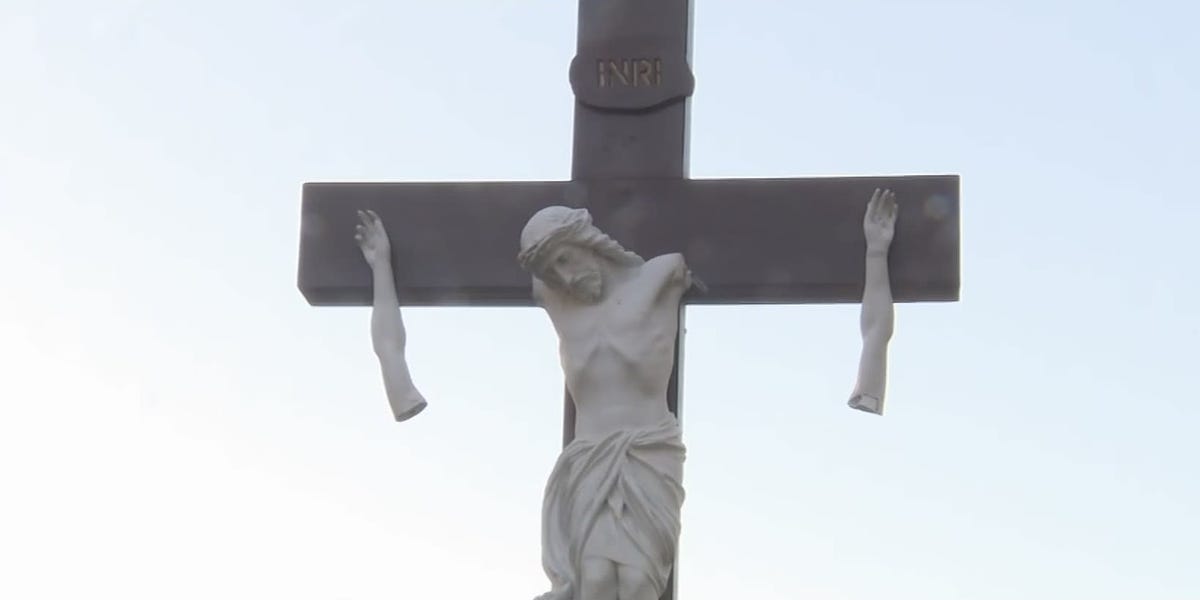- Feb 5, 2002
- 166,620
- 56,258
- Country
- United States
- Faith
- Catholic
- Marital Status
- Married
- Politics
- US-Others
Bishop Donald Hying
Arthur Schlesinger Jr., a noted United States historian, famously opined decades ago that anti-Catholicism is “the deepest bias in the history of the American people.” Another historian, John Higham, calls it “the most luxuriant, tenacious tradition of paranoiac agitation in American history.” Given the intensity and even violence surrounding the volatile issues of abortion, homosexuality and transgenderism, the attacks on the Catholic Church in this country have markedly increased of late. Since May 2020, nearly 300 incidents of violence against Catholic Churches occurred in 43 states, including cases of arson, beheaded statues, gravestones defaced with swastikas, smashed windows, pro-abortion graffiti, theft and desecration of the Blessed Sacrament.1 Anti-Catholic hate crimes have risen noticeably in this country in recent years.
But anti-Catholicism has deep roots in U.S. history. Since “separation of Church and State” is American gospel these days, few realize that nearly all colonies had a state-supported Protestant church.2 These churches were favored in law (with Pennsylvania being the sole exception3), and Catholics were prohibited from voting or holding office.4 By the time of the Revolution, “Catholicism was hated in all the colonies, and legal in just three.”5 And the penalties for religious disobedience were hefty. For instance, the Penal Laws of Virginia enacted a month’s imprisonment and today’s equivalent of a $5,000 fine for attending Mass and come 1699 in Maryland, any priest found exercising his priestly duties or operating a Catholic school would be imprisoned for life.6
Continued below.

Dealing with Anti-Catholicism
Bishop Donald Hying explores the history of anti-Catholicism in America and how to respond
